President Trump has assembled the largest naval force in the Caribbean since the Cold War. How will it be used? Is he considering an attack on Venezuela to overthrow the Maduro regime? Will he pursue the drug cartels by attacking them in Venezuela? Or will the President simply continue America’s counter-drug operations at sea? With all of these possibilities there is the hope that the Maduro regime will collapse under the pressure of America’s military might.
At present, the United States is countering the flow of illegal drugs by sinking suspected drug-carrying boats off the coast of Venezuela. The effort is in its 11th week and has led to at least 21 vessels being destroyed. US counter-drug operations in the Caribbean have been going on for decades and have bipartisan support (although the use of lethal force does not). In 2023, President Trump campaigned against drug smuggling, calling it an attack on US citizens. Yet he also cautioned against being involved in foreign conflicts. As he said in his inaugural address: “We will measure our success not only by the battles we win, but also by the wars that we end, and perhaps most importantly, the wars we never get into.” The current approach to Venezuela balances these two commitments.
The political challenge is that, having built up such military strength and made explicit threats against the regime (with Trump saying “Maduro’s days are numbered”) if America doesn’t attack, it could be characterized as another instance of TACO – “Trump always chickens out.” Maduro would celebrate having successfully stood up to the gringos for a second time. President Trump would need some sort of diplomatic success to stand down without looking weak.
The arrival of the Gerald R Ford seems to signal some sort of direct action against Venezuela. The aircraft carrier, a scarce and powerful military asset, is not suited for plinking small drug boats. Aerial gunships, maritime patrol aircraft and drones have been doing this fine on their own. However, the Ford, in combination with bombers and other naval assets, is perfect for attacks on the mainland. The United States has enough Tomahawk missiles and other land attack munitions in the region for such strikes. Indeed, the Pentagon has reportedly briefed the president on attack options.
What are these options? The United States could expand its ongoing counter-drug campaign by using this assembled military force to attack the drug cartels in Venezuela: destroying drug production facilities, disrupting seaports and airports used for smuggling, and killing cartel leaders. Such strikes would hit a major drug transit hub and deter would-be cartel members. Even when the cartels adjust, as they will, the attacks set a precedent for a muscular way of countering the flow of drugs. Attacking the cartels ashore is also attractive because it is easy to stop and claim victory, as the strikes will have visibly destroyed some drug smuggling capabilities.
The administration could decide to overthrow the Maduro regime, which it sees as leading an illegitimate narco-terrorist state. It has put in place a narrative that would justify such a step. An air campaign could attack the headquarters of the Venezuelan security forces and Maduro’s United Socialist party, as well as bases for internal security forces, and perhaps some military air defenses.
An air campaign might also try to kill Venezuela’s leaders, including Maduro himself. But even putting aside the legality of this, it is hard to hit a target that is moving and hiding. In the 2003 invasion of Iraq, for example, the United States launched an aggressive air campaign against “high-value targets.” None were successful in killing senior Iraqi leaders. It took a decades-long intelligence effort for Israel to penetrate Hezbollah to track and kill its leadership in 2024. It is unclear whether the United States has a similar level of reach within the Maduro regime.
In the background of all of these options is the hope that the regime collapses internally – an implicit goal from the beginning of the campaign. The intimidation effort has increased over time with the rising military capability, operations close to the Venezuelan coast, flybys of US bombers, and covert CIA action to undermine the regime. Perhaps an element of the Venezuelan security forces could be induced to break away and launch a coup. To prevent this, Maduro has worked hard to ensure his military’s loyalty, incorporating senior officers into his kleptocracy and weeding out any who showed unreliability. Yet the United States is quietly pointing out to military figures that when it overthrew Saddam’s government, the Iraqi military was disbanded. The message is clear: change sides or face social and economic ruin.
A ground invasion, despite all the attention it has garnered, is not possible at the moment. The United States has about 2,200 Marines in the region, whereas Venezuelan ground forces number about 90,000 between the army, national guard, and marines. Conducting a ground invasion would require massive, multi-divisional reinforcements of at least 30,000 troops and likely much more. There are no signs of such deployments.
Yet current situation is unsustainable. The United States is like an archer who has drawn his bow. Eventually, the archer must launch an arrow or stand down. An armada – particularly the USS Ford – cannot remain in the Caribbean for more than a few weeks. These assets will be needed elsewhere to respond to crises in other parts of the world, conduct exercises with allies, or show force to competitors like China. There is immense pressure to begin operations or back down. President Trump says he has “sort of” made up his mind. What he does now will reveal his theory of victory.











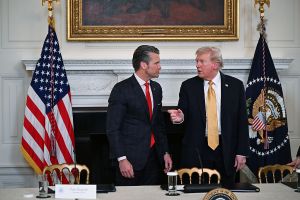
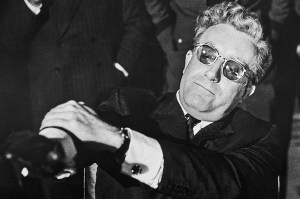

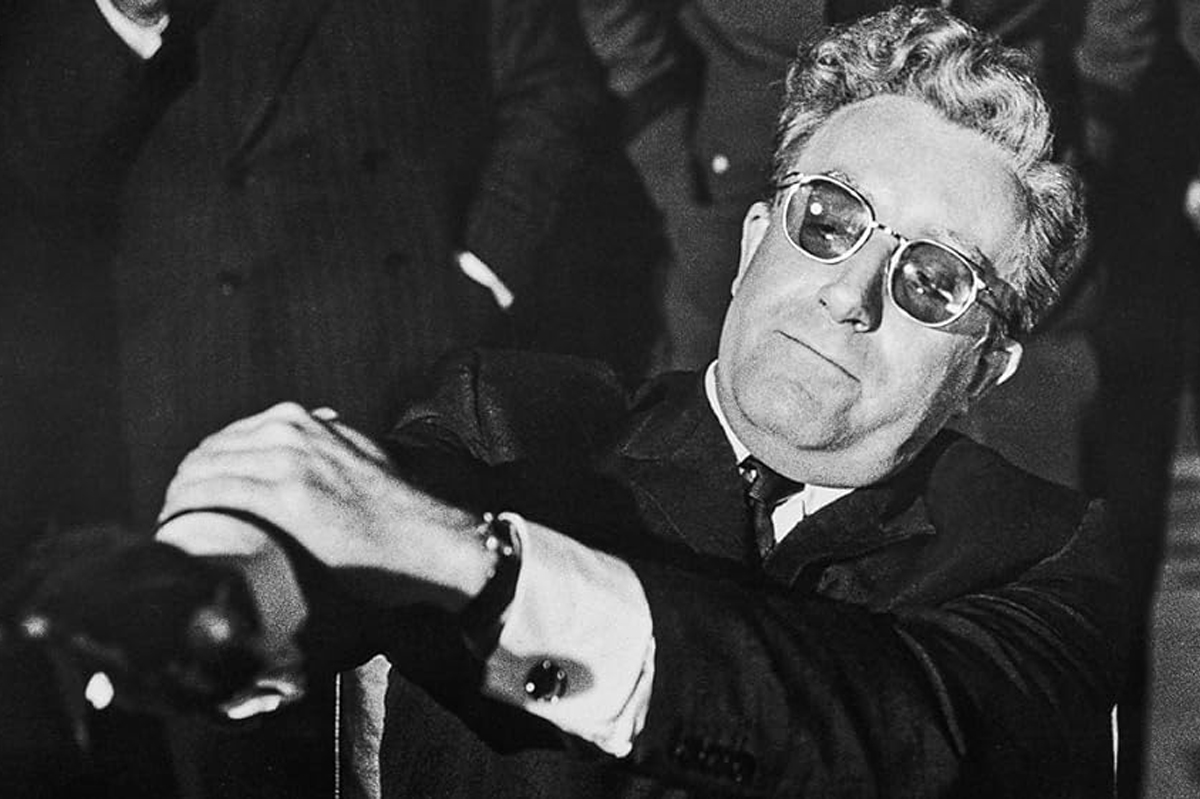

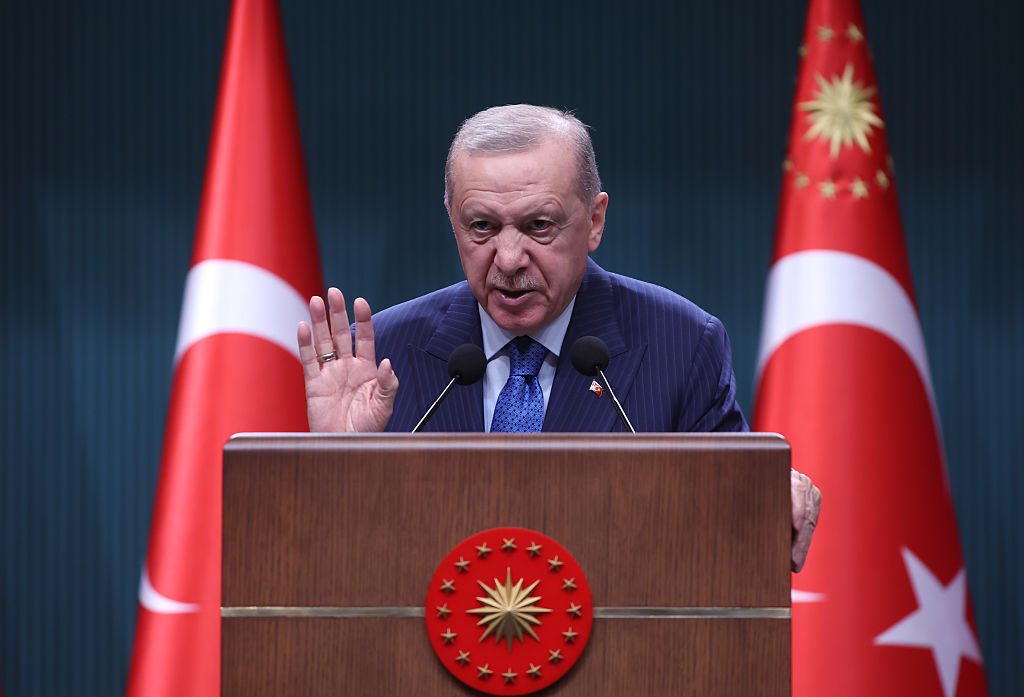
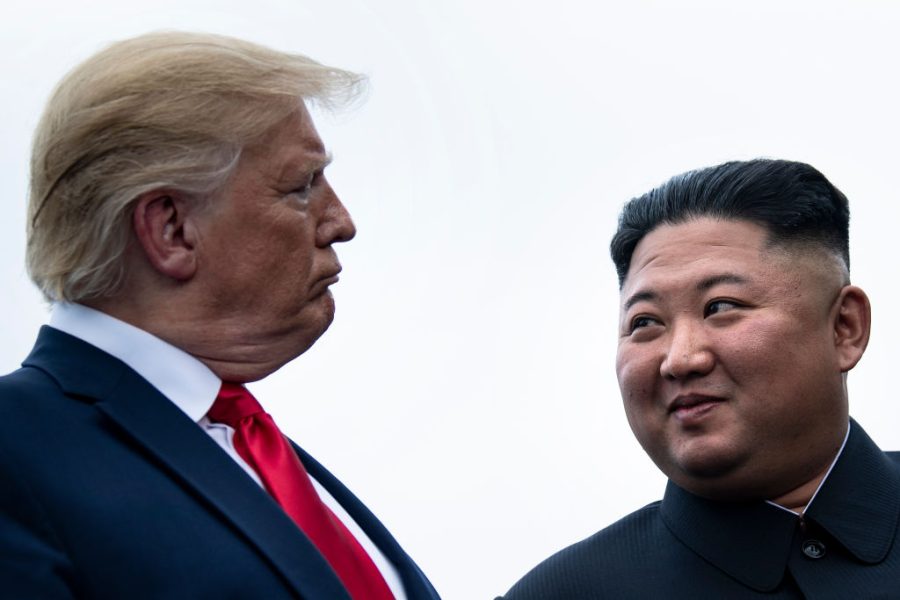








Leave a Reply